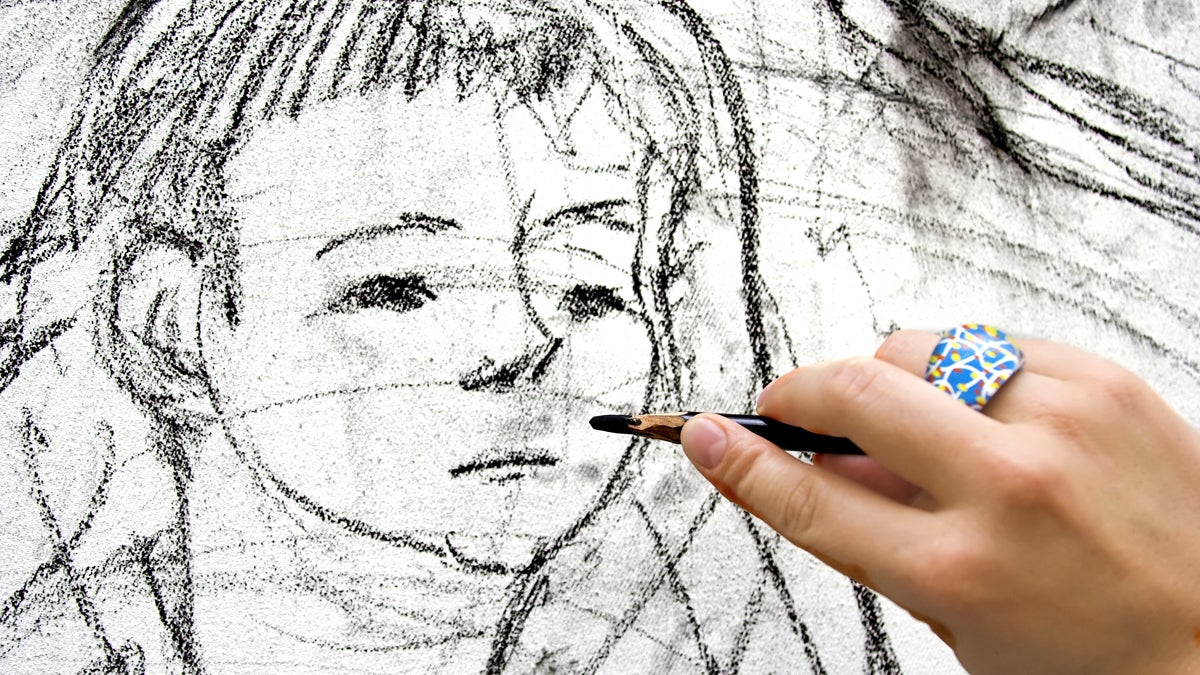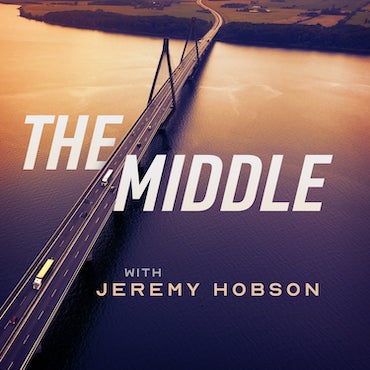I don’t want to be an artist, I just want to make art
 Charcoal sketch image courtesy of Shutterstock.com) " title="shutterstock_sketch-class_1200x675" width="1" height="1"/>
Charcoal sketch image courtesy of Shutterstock.com) " title="shutterstock_sketch-class_1200x675" width="1" height="1"/>
(Charcoal sketch image courtesy of Shutterstock.com)
It’s about 8:10 on a Wednesday night, and I’m covered in charcoal dust. I’m standing before an easel positioned in front of a still life in the Abington Art Center. I’m enrolled in a basic drawing class with about eight other women and two men, one a former DEA agent who is here with his wife, and I realize, with a bump, that I’ve never been happier.
It isn’t the mess (I’m not thrilled with my blackened nails or cuffs) or the subject of my drawing (a paper bag and a small teacup). It’s something else: the feeling of seeing something differently and learning something new. It’s meditative and exhilarating, and it’s all I can do not to smile.
The woman next to me sighs. She puts her head down on her paper and sets her charcoal on the ledge of her easel.
“God dammit,” she says. “I want to be an artist, not a middle-aged woman taking art.”
I listen but do not agree. Even without interviewing my fellow classmates, I can smell their broken dreams and hard-won travels. We are all, to put it finely, women of a certain age, with greying afros and interesting earrings. But while I understand the frustration of my companion, I don’t share it. I don’t want to be an artist.
I mean, I do, of course. But unlike everything else I do in my life — writing, volunteering, parenting — all things in which I am intense and competitive, anxious and concerned — this, putting charcoal to paper is somehow exempt. I don’t need to be the best. I simply want to be. Here. Drawing into the night.
All of which sort of surprises me.
In the beginning
Long before “Project Runway,” I wanted to be a fashion designer. Where this came from I have only foggy notions — my grandmother had been a seamstress in the old country, and my mother had good taste in clothes. I think, however, my biggest influence was my Barbie doll, who demanded constant updates on a very limited budget.
Rather than buy clothes, I ransacked my grandmother’s remnant drawer — rolls of all sorts of corduroys and woolens and flannels held together with straight pins — and, using Elmer’s glue (my own invention for quick, if stiff, seams), I launched a couturier, wrapping cloth around Barbie’s unforgiving figure.
What I most loved, however, was sketching. Totally untrained, and equally free, I drew wide-eyed nymphets dressed in my own creations. Nothing was more relaxing — these doodles covered my ninth and 10th grade notebooks, curiously anorexic models dressed in flamboyant capes and over-the-knee boots. My own clothes were anything but flamboyant, but my imagination ran wild. I loved putting pen to paper, although I didn’t share my scribbles with a soul.
When did I stop doodling? When did that inspiration disappear?
In my 20s I did try one drawing class … manned by a teacher who patrolled the room in a smock and beret, passing judgment on our feeble strokes.
“This one is no Picasso!” he boomed. Standing behind me, his verdict was clear. “This one is no Matisse!”
I never went back.
Finding my way back
More time passed. On occasion, I’d take out my watercolors and do a little puddled still life, then put them back again. But this semester, at this late date, I finally overruled my nerves and joined an honest-to-god basic drawing class.
Signing up was nerve-wracking, but the minute I walked into Michael’s art supply store, my soul opened. Greedily, I dropped charcoal and erasers and drawing pencils into my cart, spending two hours walking the aisles, as happy as any first grader with a new pack of crayons.
And the class was a revelation — a gnome-like teacher who didn’t call for Picasso or Matisse. Instead, she had us dig right in and acted as though it was a given: We could draw. Suddenly I was discovering values and mass and shadow and light. Gesture drawing and brush drawings. But the amazing thing was how freeing it was. I didn’t care if I was good or bad.
Ok, I did care … a little … but basically, the idea of expressing myself on a piece of paper, of drawing something with such focus that I no longer noticed the time or space I occupied, of getting in the zone, was liberating and meditative.
I know how this looks.
Mature enough not to care
During my daily stationary bike rides, I’m re-watching “The Sopranos.” At one point, when Meadow, Tony and Carmela’s daughter, is leaving the house, and Anthony, Jr., is also feeling his independence, Carmela finds herself alone.
And what does she do? She picks up a pencil and begins to sketch her son’s face from a photograph. It’s only a moment, and you don’t get to see how much of a likeness she has captured, but it made me stop mid-pedal.
On the bike, I thought about what my fellow classmate had said. Doubts sailed before my eyes. I thought: I’m a post-middle-aged cliché.
But it only took a second for the corollary emotion to jump in: I didn’t care.
Maybe, I thought, that’s what it means to be a woman of a certain age. It’s not only that you’ve reached maturity, but that somewhere, deep down, you don’t care. You can do what you want. You can jump up and down. You can smile at random.
You can take a drawing class.
WHYY is your source for fact-based, in-depth journalism and information. As a nonprofit organization, we rely on financial support from readers like you. Please give today.

